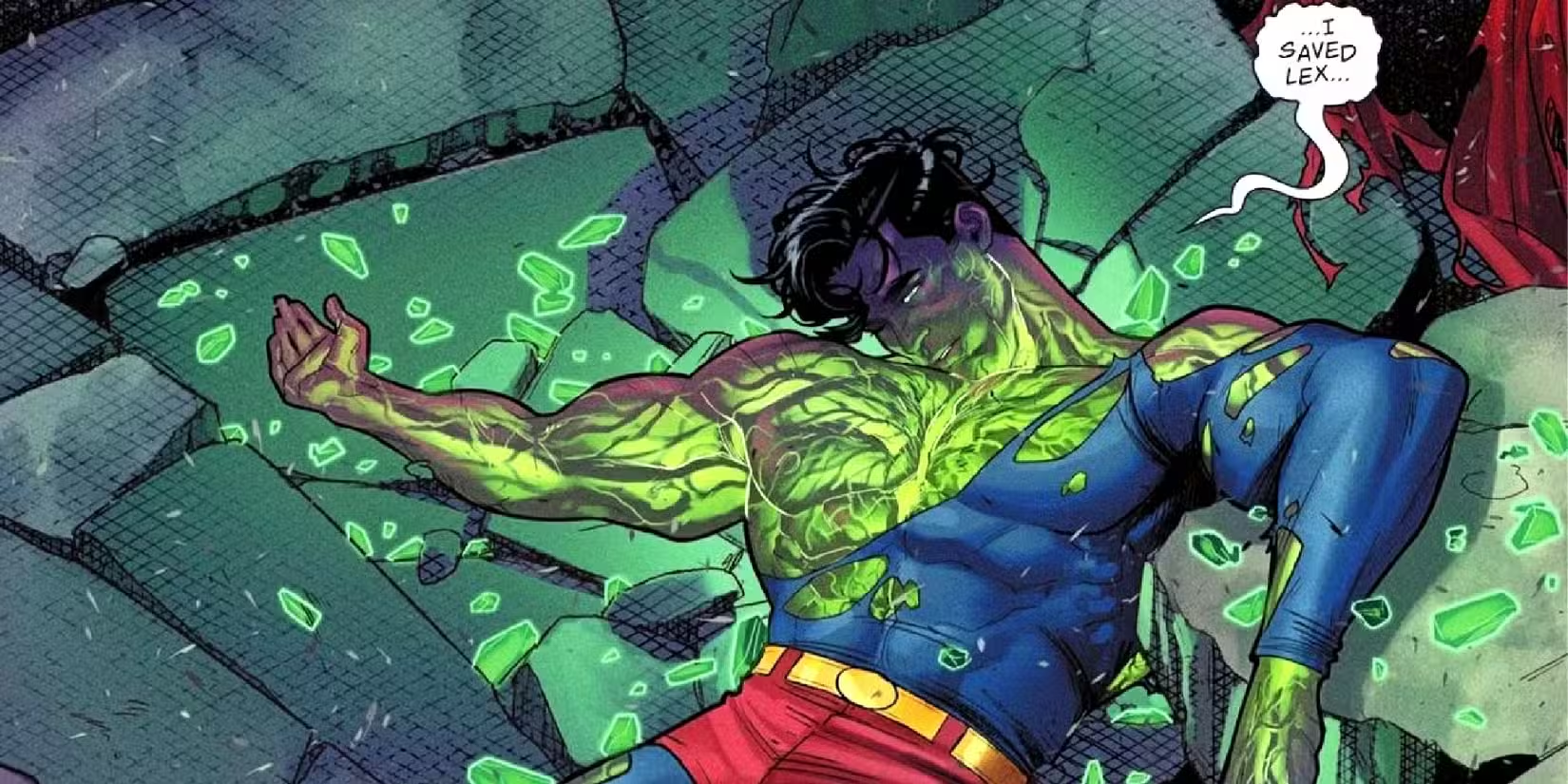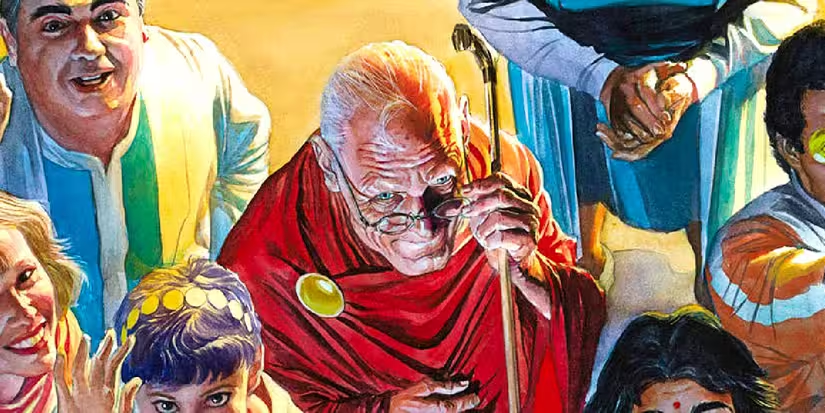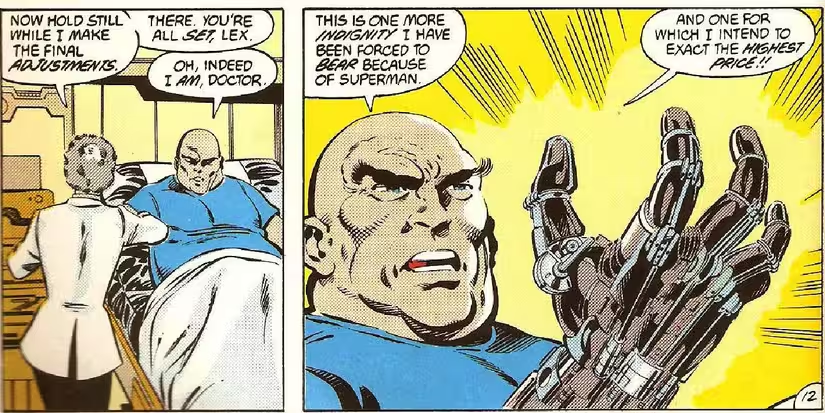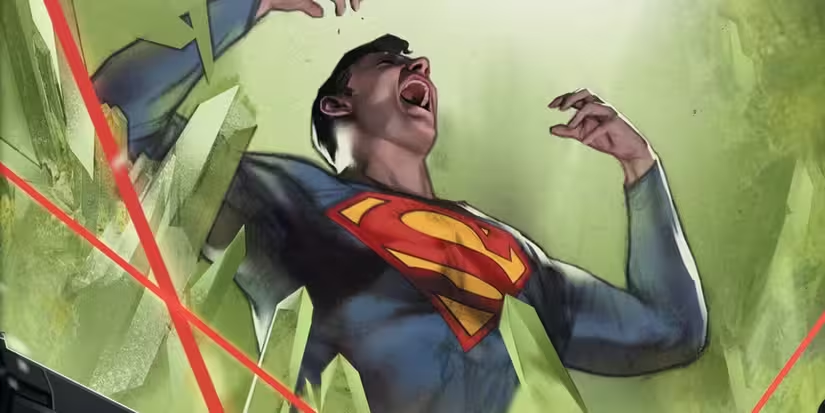7 Minutes
When an Icon Faces a Slow Fade: The New Kryptonite Theory
Superman has survived meteors, cosmic villains and existential crises across comics, film and television. But a chilling new theory circulating among fans and critics suggests that green Kryptonite — not a single dramatic blow, but years of low‑grade exposure — could slowly erode the Man of Steel until he dies a painfully human death. This isn’t the instant crippling radiation usually depicted in comics; it’s the cumulative wear and tear of repeated contact with a toxic mineral that fundamentally interferes with Kryptonian biology.
How Green Kryptonite Would Work Like Chronic Radiation
On Earth, Superman’s cells act like living solar batteries under a yellow sun, converting photons into superhuman strength, invulnerability and regenerative powers. Traditional depictions show green Kryptonite as an immediate, crippling toxin: Superman gets weak, dizzy and vulnerable until he’s removed from the mineral’s proximity. But if we think of Kryptonite more like long‑term radiation or a heavy metal contaminant, repeated exposures could gradually damage cells, degrade DNA and reduce the efficiency of his solar absorption.

Biology Meets Myth: Why an Extended Lifespan Matters
Superman’s extended lifespan — possibly decades or centuries when regularly nourished by a yellow sun — changes the timeline of any disease. A condition that would slowly manifest over a human lifetime could, in theory, accumulate to devastating effect in a Kryptonian body over centuries. Chronic cellular damage, diminished energy absorption and lingering fatigue could slowly chip away at invulnerability, leaving the Last Son of Krypton looking more tragically mortal with each passing decade.
Canonical Touchstones: Lex Luthor and Long-Term Kryptonite Harm
There are canonical precedents suggesting long-term Kryptonite harm is plausible. In Superman #19 (1988), Lex Luthor’s habitual use of a Kryptonite ring caused severe radiation poisoning and the eventual amputation of his hand. The DC Animated Universe also portrayed Lex suffering a cancer-like illness from prolonged contact with Kryptonite, underscoring that persistent exposure can have slow, lethal results — at least for humans. Batman’s cautionary habit of sealing his emergency Kryptonite in lead speaks to the material’s persistent danger.

Trivia: Little Details Fans Love
Small behind-the-scenes notes enrich this theory: John Byrne’s run that produced Luthor’s poisoning is often cited as part of the darker, more realistic turn in late 20th century comics. Fans also remember the DCAU’s ruthless treatment of Luthor as one of the franchise’s most humanizing tragedies. These moments are proof that DC has long teased the darker consequences of Kryptonite — they’ve just rarely taken it to the slow‑burn extreme with Superman himself.
From Page to Screen: How Would This Play in Movies and TV?
Cinematically, a slow Kryptonite poisoning would be a dramatic shift. Superhero cinema has been trending darker and more introspective since The Dark Knight and Logan, where themes of mortality and decline are central. Logan uses age and illness to make Wolverine’s final arc painfully intimate; Joker reframes a villain through socioeconomic despair. A Superman story centered on a gradual, soul‑crushing illness would join these films as a meditation on legacy, vulnerability and the cost of being a near‑immortal protector.
However, such a plot would require careful handling: the emotional weight of watching an icon fade slowly can be powerful but may alienate mainstream audiences expecting spectacle. Directors who have proven they can marry blockbuster scale with intimate character study — think Zack Snyder’s visual language mixed with Dennis Villeneuve’s patience for mood — could attempt it, but it demands a writer and director sensitive to pathos and restraint.

Comparisons and Cultural Context
Comparative stories in comics and cinema highlight the narrative potential. Marvel’s Spider‑Man: Reign explores loss through illness; Hulk: The End contemplates immortality as a curse. DC’s own Watchmen and contemporary works like The Dark Knight Returns reimagined superheroes as fallible, social beings. The slow‑poison theory for Superman would fit within a broader industry trend: superhero stories are increasingly used to probe grief, aging and institutional collapse rather than remain purely escapist.
Fan reception would likely split. Some viewers crave fresh, mature takes that challenge mythic invulnerability. Others seek comfort in the enduring hope Superman represents. The emotional payoff would be immense if handled correctly, but missteps could tip the balance toward melodrama.
Critical Perspectives and a Voice from the Field
"Turning Superman’s weakness into a chronic illness would be one of the boldest creative gambles in modern superhero cinema," says film critic Anna Kovacs. "It strips the character down to his human heart and asks audiences to grieve a symbol rather than celebrate a sacrifice. If filmmakers commit to the intimacy and ethical complexity of that story, it could be transformative — otherwise, it risks cheapening the myth."

How Dark Is Too Dark? Storytelling Ethics in Superhero Drama
There’s a moral question at the heart of this concept: does a slow, debilitating death honor the mythology of Superman, or does it needlessly punish a beloved symbol who stands for hope? Comics have toyed with dark turns before, often to mixed results. Ultimately the difference between a memorable tragedy and a gratuitous one is the care in characterization: the story must keep Clark Kent’s humanity central, balancing grief with moments of dignity, mercy and meaning.
Conclusion: A Theory That Expands What Superhero Stories Can Be
The long‑term Kryptonite poisoning theory reframes a familiar weakness into a narrative about time, mortality and what it costs to be exceptional. It’s a risky but fertile premise for writers and filmmakers who want to use Superman not just as a rescue spectacle but as a mirror for human fragility. Whether DC will ever let the Man of Steel’s legend end this way remains uncertain — but the idea has already pushed fans to rethink the terms of heroism in modern cinema and comics.
Whether you see it as a brilliant, somber evolution or an unacceptable death sentence for hope itself, the concept proves that superhero stories continue to grow bolder. That cultural risk is what keeps the genre alive and relevant: even icons can be reimagined to ask new questions about life, loss and legacy.
Source: screenrant


Leave a Comment